Teaching improvisation. Not teaching improvisation
What does an improvisation teacher do?
Musicians have always improvised. You recognize musically gifted children by the fact that they make things up. What follows, in the West, is that they learn to read music and do as they’re told. This clearly illustrates the problems that are likely to surface if you are «taught» how to improvise. How can the practice of improvisation ever be compatible with «doing as you’re told»? Teaching, especially in an institution, is usually considered to be dependent on codification, and comparability. We need rules that can be identified, syllabi, tools for assessment so that declared goals can be reached and outcomes graded. But improvisation is not a genre with rules; it comes from deep inside you. So what does an improvisation «teacher» do?
Like a lot of other kids my first musical steps involved pounding out random clusters on a piano, and being thrilled with the physical sensation linking my gestures to the sonic result. I’ve watched my own kids follow the same trajectory: first the joy of pure exploration, leading eventually to an attempt to pick out a tune they know; then, the desire to be able to do more, to develop skills; and finally the realization that this will mean work, work of the kind that they’re not really sure if they’re willing to undertake! The tension between invention and spontaneity on the one hand, and recognition and emulation on the other, is at the heart of all musical practice. And because it is much easier to measure progress in terms of instrumental technique, we tend to privilege instrumental technique over any other aspect of musicality. In fact musicality and technique are intimately intertwined. Since the majority of composers started out as performers, they are thoroughly grounded in notions of instrumental technique, and this often drives what they do as composers – wherever they situate themselves in the spectrum between traditional and avant-garde. This leads directly to «difficulty» – the degree to which musicians have to overcome their technical deficiencies to realize a score – becoming a highly motivating and desirable factor, a «challenge» that the musician loves to meet. As a result, emphasis on «technique» is the focus of most pedagogy. While I have no particular desire to disavow the importance of technique – it’s obviously critically important – I hope the following reflections will provide some food for thought in considering how improvisation is taught.
My musical life began under the Bechstein, listening to my father play Debussy and Chopin and Bach. At the age of 5 I began violin lessons with a wonderful teacher who had what seemed to my parents like strange ideas. I was not allowed to touch the instrument for several weeks. Instead I had to learn how to relax, which involved breathing exercises and relaxation techniques, starting with whole body and then moving to arms, elbows, wrists, fingers. When I was deemed to be ready, I was allowed to pick up the violin, and several sessions followed in which we focused not on sound but on posture. What a profoundly wonderful way to start! The connection of music to the whole body made manifest from the outset. My other early musical experience was singing in the church choir. This gave me a strong understanding of how MANY voices ...
The full version of this article has been published in DISSONANCE 111.

